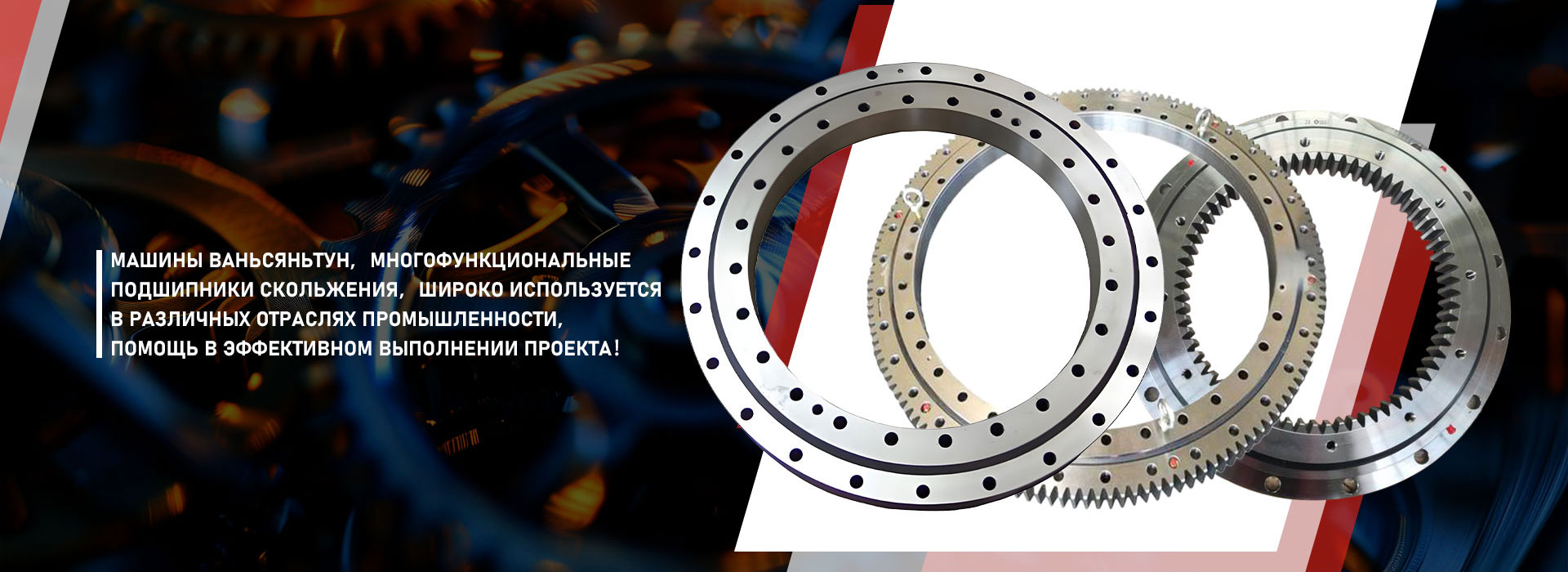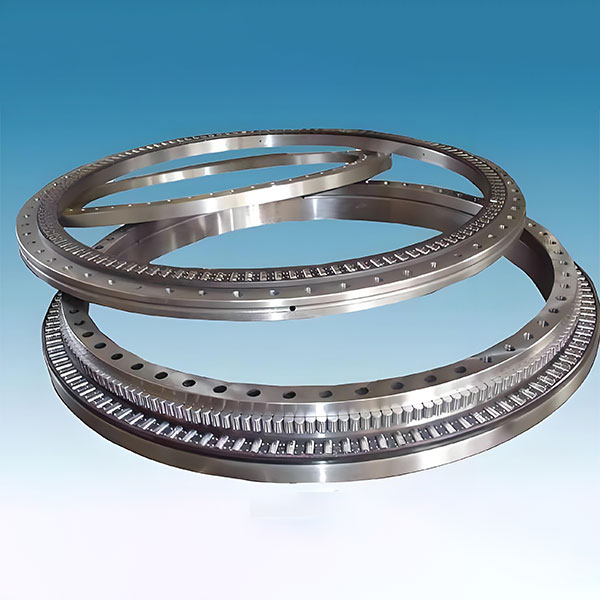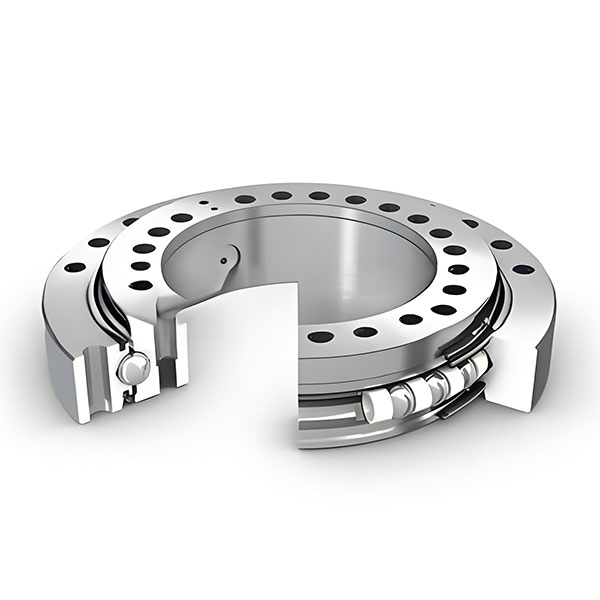
gears of the gearbox
Gears of the gearbox: invisible heroes of movement
The gearbox is a complex mechanism that allows the car to move smoothly and efficiently. But few people think about tiny, but extremely important details that make it possible - gears. Imagine several gear wheels connected to each other. Here they are the gears, and each of them plays a role in the transmission of torque from the engine to the wheels.
How do gears interact?
The gears interact with each other, transmitting the torque, like gear wheels associated with each other. When one gear rotates, it affects the neighboring one, forcing it to rotate at a certain speed and with a certain torque. A different number of teeth on the gears is the key to control and power control. A larger number of teeth is a high speed, but less torque. On the contrary, fewer teeth are lower speed, but a greater torque.
Diversity of the gear and their purpose
In the gearbox, different types of gears are used. There are gears with straight teeth that are quite easy to manufacture, but not so effective at large loads. There are also conical gears that are great for changing the direction of rotation. There are gears with teeth of a more complex shape that give a more smooth and silent rotation. Each gear in the gearbox mechanism has its own special task, and all of them interact in a single system to ensure smooth and effective speed switching.
Why are gears important?
Without properly working gears, the car simply cannot drive. They provide smooth operation, transmitting torque from the engine to the wheels. The exact interaction of gear wheels makes the speed of speeds smooth and without jerks. Each gear, performing its own function, helps the car overcome various road conditions and effectively spend energy. Without these tiny, but irreplaceable details, trips along the road would become much more complex, noisy and ineffective.
AppropriateProducts
Corresponding products
The best soldproducts
The best -selling productsConnectedsearch
Related search- The main countries of the 5th program from China
- Suppliers 3 cheap cylindrical gears
- Suppliers intermediate gear 4 from China
- Leading countries of departure for processing machine parts in China
- Cheap suppliers Surface processing of parts
- Chinese manufacturers Tadano Z300 Stop rotary bearing
- Suppliers of shutdown bearings in China
- Cheap rear bearings of the main buyer countries
- OEM 5 steps
- gear boxes














